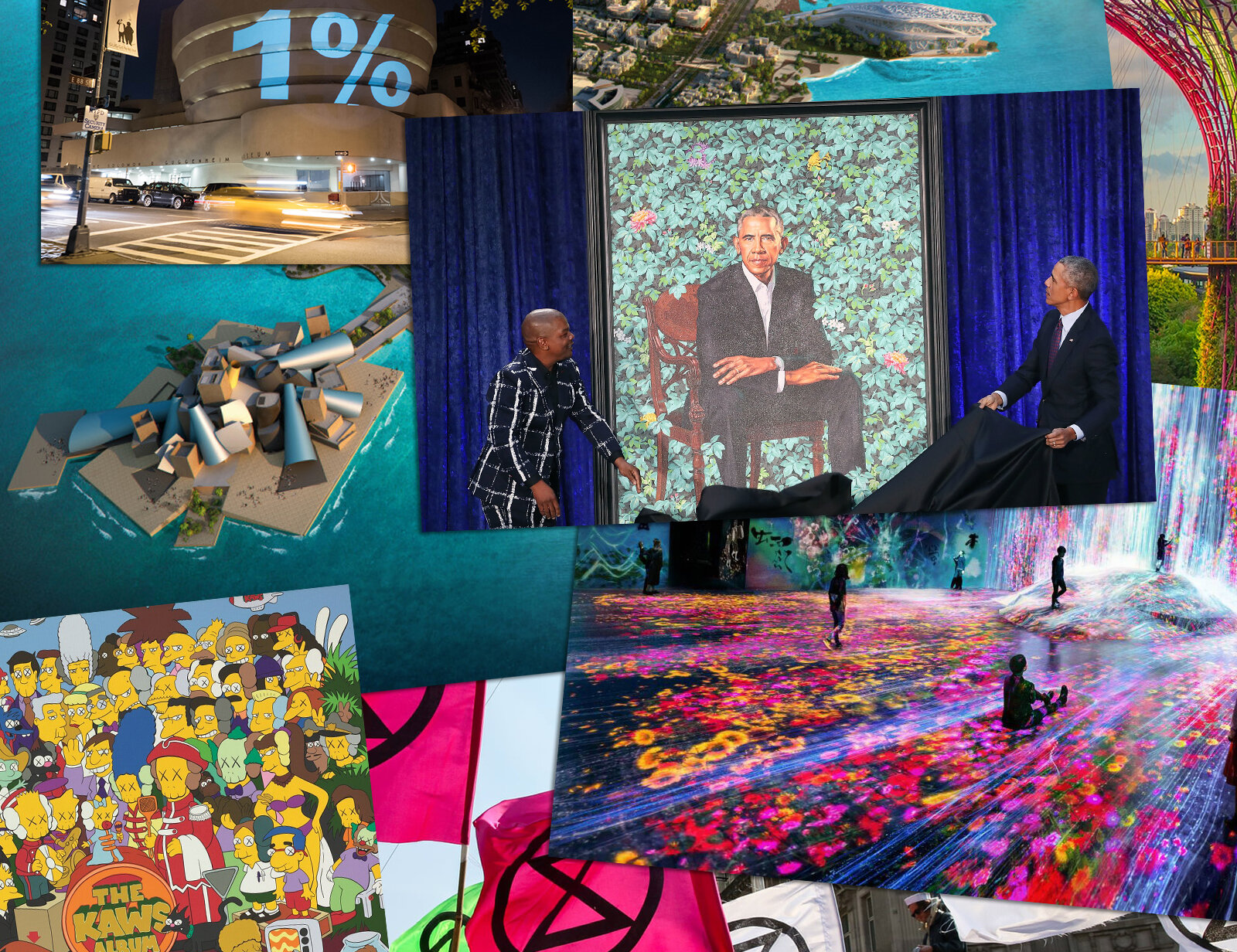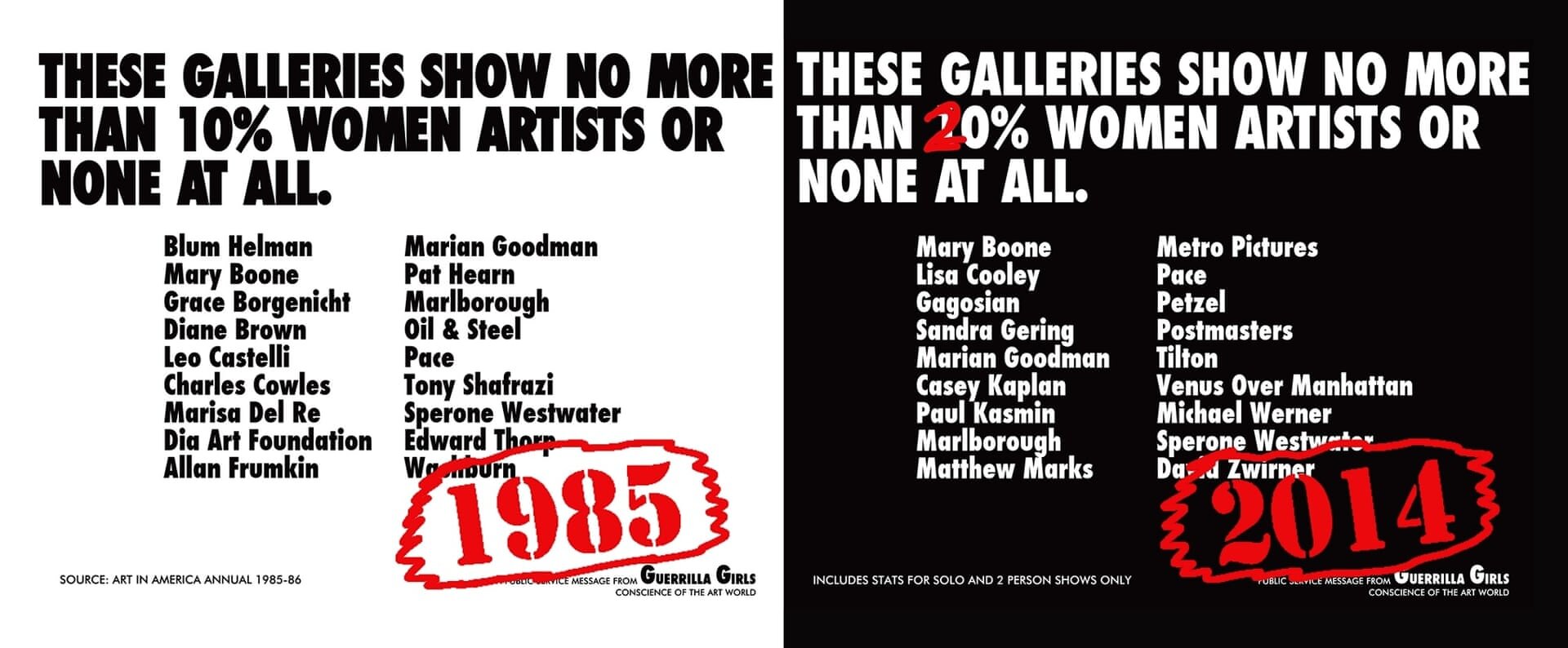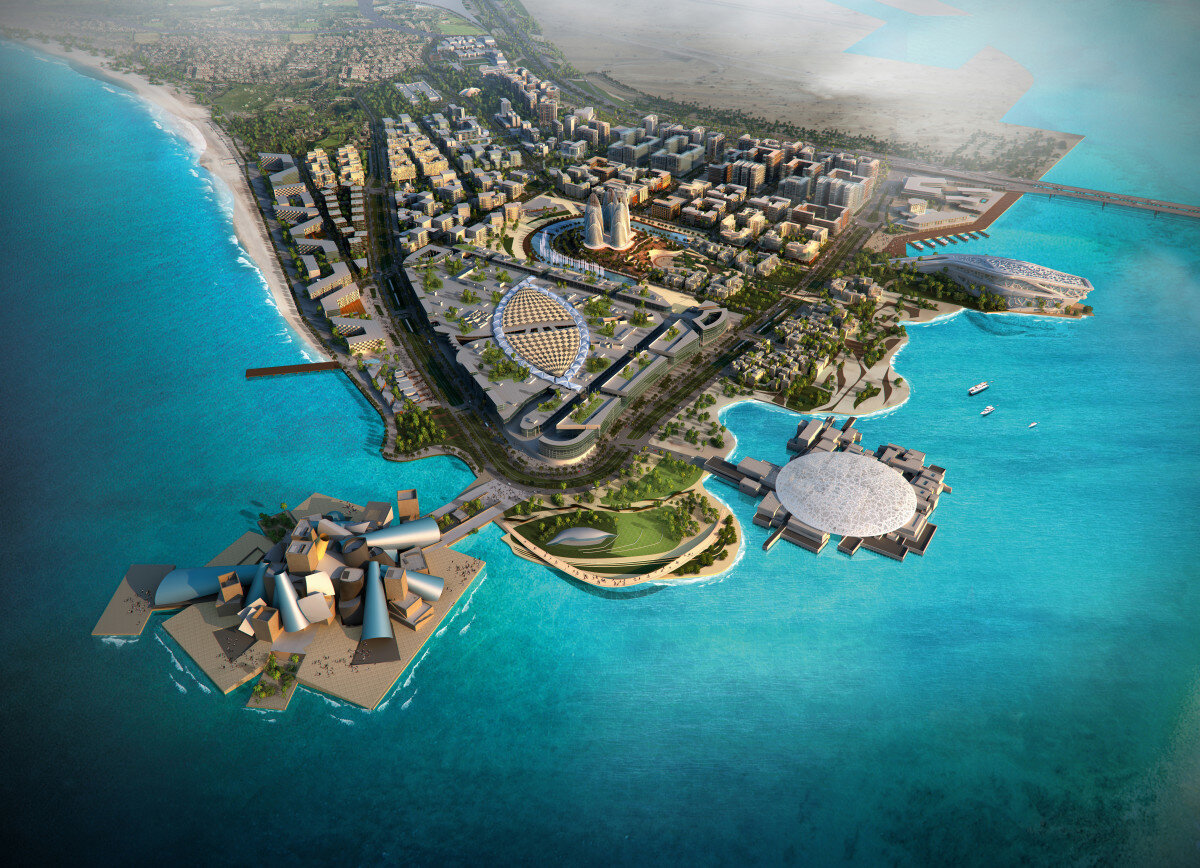5 Art Shifts of the Decade

It’s been an eventful decade. Here are five of the most noticeable shifts in the global art world.
Cover photo: A collage of the past decade, featuring highlights in art news (2019).
The world has shifted beneath our feet in the last ten years and — among other things — this has had an outstanding effect on art, how we enjoy it, who creates it, who buys it, who funds it, and the content it reflects. It is difficult to disentangle all these concerns, but here are the five biggest shifts of the decade.
1. Focus on Experience
Among the most obvious shifts in the art world is the renewed focus on experience. Every day we are inundated by images on our televisions, computers, and phones. This over-saturation has left us craving a more immersive experience offline. This decade, installation, performance, and interactive art have reached unprecedented popularity.
Instagram launched in October of 2010, fomenting an insatiable desire for interaction with and documentation of our experiences with art. The app has created an entire industry of “selfie-factories” in which guests are encouraged to take photos of themselves in decorated environments.
Immersive exhibitions featuring Marina Abramović, Yayoi Kusama, James Turrell, and Pipilotti Rist have attracted record attendance. The immersive Mori Building Digital Art Museum opened in 2018, billing itself as the world’s first digital art museum.
The most popular exhibit at this 2019’s Venice Biennale was an opera, a surprise hit which drew a total of nearly 90,000 visitors. Sun & Sea (Marina) — created by composer Lina Lapelyte, librettist Vaiva Grainytė, and director Rugilė Barzdžiukaitė — won the biennale’s highest honor of a Golden Lion.
Emeritus Psychology Professor Vladimir J. Konečni posits that installation art is uniquely suited to satisfy our evolved aesthetic preferences of “physical grandeur, rarity, and novelty”. Painting is certainly not dead, but the nature of art will continue to evolve as artists embrace and push other mediums to new limits.
2. Focus on Identity
“Social media is perfectly made for identity politics,” explains political scientist Francis Fukuyama. This brings us into the second shift, a growing discussion about identity and a “passion for equal recognition” in all realms, including the arts.
The decade was engulfed in conversation about ‘problematic’ figures like “syphilitic paedophile” Paul Gauguin and portrait artist Chuck Close who was caught in the #MeToo movement, accused of sexual-harassment by women who had posed for him.
A juxtaposing debate was held about who should be idolized, and the intersections of power and art. Two million visitors rushed to see Kehinde Wiley’s and Amy Sherald’s portraits of the President Barack Obama and First Lady Michelle Obama.
The decade saw the continued rise of both LGBT+ and African American artists. The late Jean-Michel Basquiat now holds the record as the most expensive American artist after a $110.5 million purchase made in 2017.
Male artists have continued to dominate museum spaces. A landmark study published just this year found that major U.S. museum collections are 85% white and 87% male. Male artists are also setting new records in auction.
In May of 2019, American Jeff Koons reclaimed the title of world’s most expensive artist after his 1986 sculpture Rabbit sold for a record $91 million. The ego driven work is a perfect encapsulation of the decade. The shiny stainless steel surface reflects anyone nearby. As Koons has stated, “it’s about the viewer.”
There is a sliver of hope on the horizon. The Baltimore Museum of Art has announced it will only acquire works by female artists in 2020. Female artists like Artemisia Gentilsechi are expected to have major retrospectives in 2020.
3. Focus on the East
Tied into the idea of identity, both the East and the Middle East regions of the world have enjoyed a growing influence in the art world. The unprecedented wealth in China and the Persian Gulf countries has led to bizarre — though inevitable — political and cultural ramifications.
China remains the fastest growing economic superpower on the globe and this purchasing power has led to a reckoning in all markets, from sports to fashion faux pas. Hong Kong has become a major player in the art world, despite the turmoil of Ai Weiwei’s arrest in China in 2011, and recent pro-democracy protests.
Protests have taken a toll on the Hong Kong economy, which officially slipped into recession in October. However the art market has proved resilient, buoyed by remote and online sales “with people trading art through digital accounts” that appear undeterred by the situation in the streets.
Japanese artists Yayoi Kusama, Takashi Murakami, and Yoshitomo Nara have maintained cultural relevance and popularity in the West. Likewise American artists are enjoying success in Asia, like KAWS and Jean-Michel Basquiat.
Another important region in the art market is the Middle East. The area is a growing player in the global tourism industry, with the United Arab Emirates and Qatar locked in something of a cultural arts race.
The United Arab Emirates have invested $27 billion into a tourist development on Saadiyat Island which is set to feature Western-inspired institutions like the Louvre and Guggenheim. Qatar has funnelled a similar $25 billion into art and entertainment. At an economic summit in 2018, Saudi Crown Prince Mohammed bin Salman proclaimed, “I believe the new Europe is the Middle East.”
In other news, the next decade is promising Africa’s rise to prominence. Certainly, nations are going to become increasingly competitive as more regions enter the global spotlight. Workers will likely be caught in the battle.
4. Focus on Money
Art and architecture are both tangible forms of culture and commodity. This past decade has culminated in a global discussion about who should fund arts and own culture. Activists have scrutinized capital’s control over culture as a means to launder the reputations of corporations responsible for the likes of tear gas, opioids, and climate change.
In 2018, artwork Girl with Balloon by Banksy self-destructed after it was declared sold at auction as a critique of “the commodification of art” and, in April of 2019, the famous Notre Dame Cathedral in Paris caught fire; $1 billion was immediately pledged by rich donors across the globe, renewing concerns about the economic elite’s power and priorities.
Occupy Wall Street began in 2011, which spawned the lesser known Occupy Museums. In a statement the group wrote, “Museums must be held accountable to the public. […] art is a necessity, not a luxury.”
Occupy Museums set the foundation for a decade that has finally come to a reckoning with the corrupting influence of private interest in art. “Who supports the project is part of the project. It becomes the plinth on which the sculpture stands,” explained artist Nicole Eisenman during a lecture at the Nasher Sculpture Center in Dallas, after I posed a question about arts funding.
Warren Kanders, CEO of a company that produces tear gas, was shamed into resigning from the board of the Whitney Museum of American Art. Fossil fuel billionaire David Koch was eulogized as merely a “polarizing” arts patron. Institutions cut ties from the Sackler family — known for opioid producer Purdue Pharma — after pressure from artist Nan Goldin and activists. The British Museum defended its relationship with oil company British Petroleum.
With mixed success, it’s clear activist voices will continue to fight for justice in the coming decade. Guerrilla Girls are currently drawing attention to two MoMA board members who had ties to convicted sex offender Jeffery Epstein.
5. Focus on Earth
Of course, the environment is a time honored subject in art — artist Claude Monet spent his life painting au plein air in his manicured garden — but the urgent global threat of climate change has now become a vital subject in art.
Several artists have committed themselves to making the abstract idea of climate change more accessible. This decade, Scandinavian artist Olafur Eliasson installed melting icebergs in the cities of Copenhagen, Paris, and London, to offer a “tangible encounter with the consequences of [mankind’s] actions.”
Or take for example, Irish artist John Gerrard’s Western Flag (Spindletop, Texas) (2017), a digital recreation of the location of the world’s first major oil find in 1901. “This flag gives this invisible gas, this international risk, an image, a way to represent itself,” Gerrard explains.
In November of 2019, environmental activist group Extinction Rebellion partnered with sculptor Katey Burak and fabricator Rob Higgs to erect a sinking house in the middle of the River Thames in London. The installation happened to coincide with severe flooding in Derbyshire and Yorkshire in Northern England, resulting in the death of an elderly woman.
Attitudes are changing. Time magazine named young climate activist Greta Thunberg as 2019’s Person of the Year. “We can’t just continue living as if there was no tomorrow, because there is a tomorrow,” explains Thunberg.
American artist Justin Brice Guariglia — who has previously collaborated with NASA — has displayed text from Thunberg’s speech at the UN Climate Change COP24 Conference on solar-powered LED highway message signs outside the Somerset House art center in London.
Art devoted to climate change will only increase. As 2020 begins, scientists predict we have just a ten year count down to stop catastrophic consequences which will conclude in apocalypse by 2050. Will humanity rise to the occasion? Or — as the creators of Lithuanian Pavilion’s Sun & Sea (Marina) fear — will “contemporary crises unfold easily, softly—like a pop song on the very last day on Earth”?
I will be adding more depth to my analysis in the next few days! Stay tuned!











